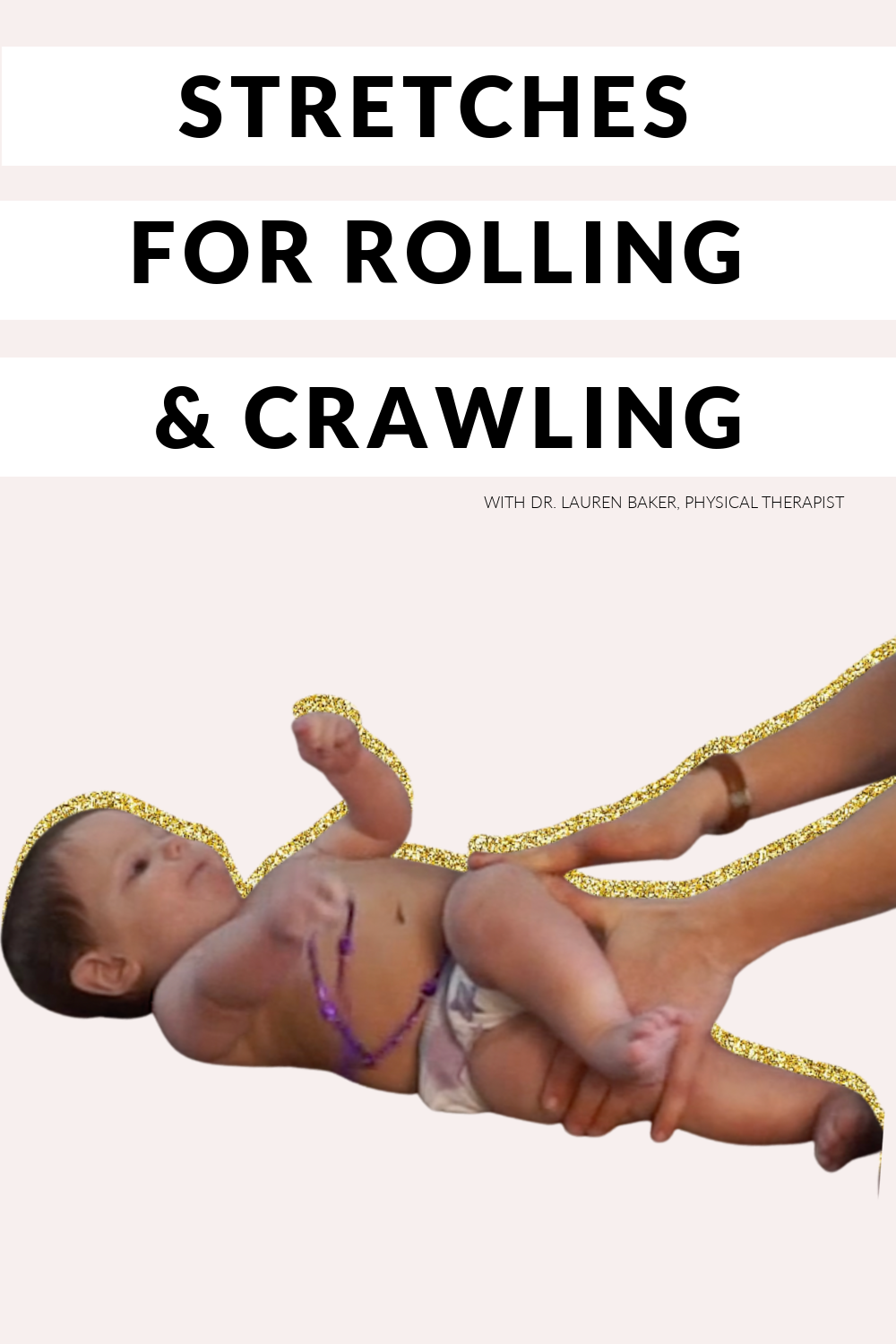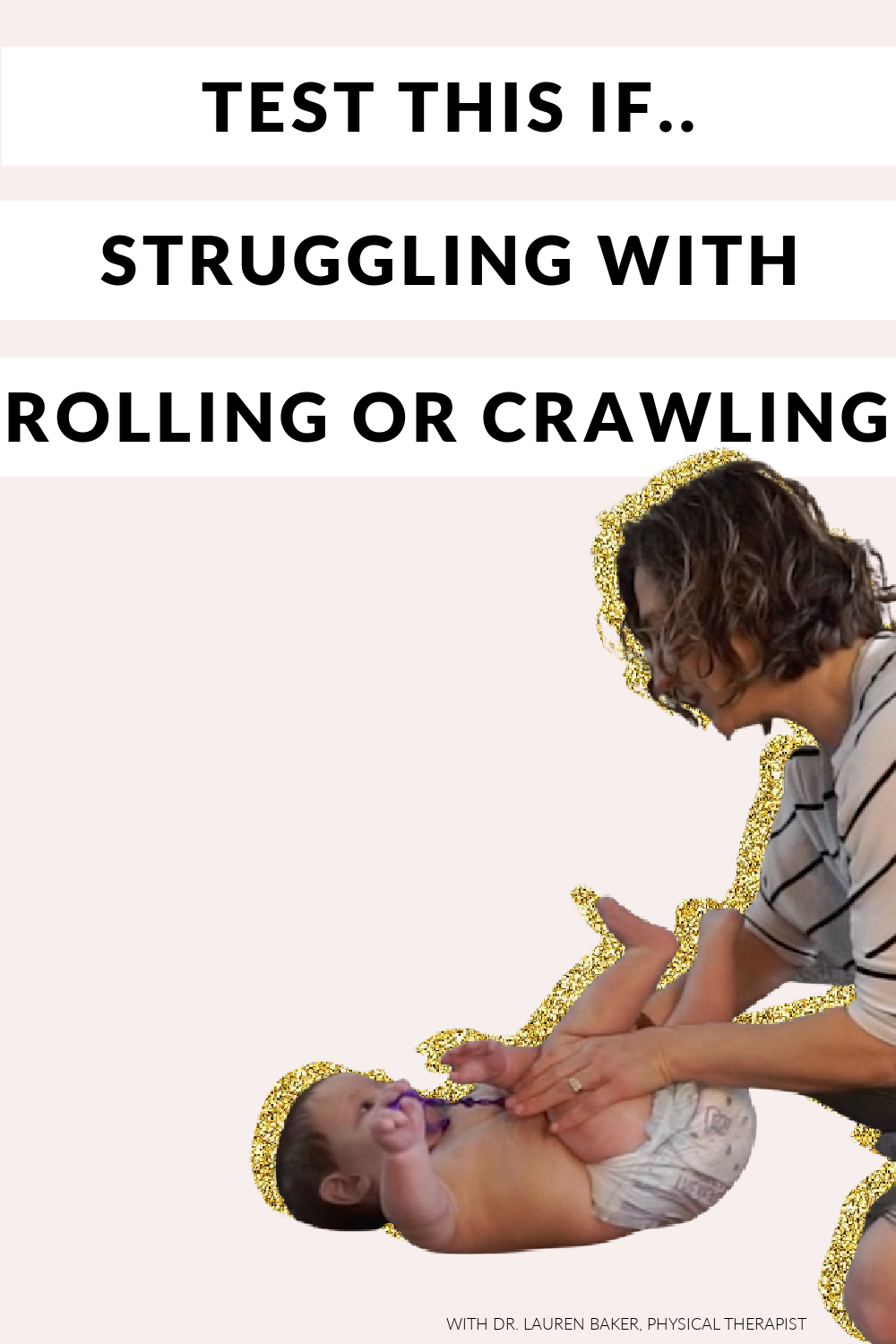Crawling
this page contains affiliate links
Curious About Learning More on How To Teach Babies Crawl?
The absolute best resource for parents on helping their babies learn to crawl is the free online course: Learning to Crawl by Dr. Baker.
To gain immediate access to the online course, click the link above, submit your information, and the online course instructions will be emailed to you directly.
The free online video course is designed to help parents fully understand how to help their children crawl on hands and knees and trouble shoot what building block of crawling the child might not have mastered yet.
It comes with video examples of exercises, printable checklists to know exactly where your baby is at, and information on when to reach out for additional help.
This online course was created by Dr. Lauren Baker, PT, DPT, ATC, MTC, who is a Pediatric Physical Therapist in Boise, Idaho, trained in helping parents learn how to help their babies move and master their milestones.
She loves teaching parents how to see how their babies are moving as well as how to influence those movements though play positions and exercises to help babies move with confidence and ease.
It is meant to help ambitious parents understand baby development from 9-11 months (getting in/out of all fours to independent crawling).
This online course breaks down each piece of movement in checklists so that parents know what their babies need for crawling and it also covers a checklist to make sure babies have mastered rolling and sitting (otherwise, this could be a reason why sitting is still a struggle!)
It also covers what areas might limit a child with crawling, examples of disadvantageous ways babies might crawl, why hands/knees crawling is best, and when to seek help from a pediatric PT.
This online course can help parents implement safe, strategic play-based exercises with their babies in 20 minutes per day.
A Great Resource For:
Parents and Pediatric Healthcare Providers of babies 7-11 months
Parents of babies who are struggling with getting in/out of all fours or hands/knees crawling
Access to simple, easy-to-follow videos of play positions and exercises
Learning the four pillars of movement needed in order to master crawling
8 Online Course Modules
Building Blocks of Crawling
Crawling Checklists
Getting Into All Fours
Asymmetrical Crawling Patterns
Strength Exercises
Mobility Exercises
Crawling Specific Play Exercises
Next Steps: How to Prep for Walking
What If You Want Extra Help?
If you have concerns about your baby’s ability to tolerate an all fours position, have what they need to master crawling on hands/knees, or if they are not getting into all fours by themselves and are over 11 months, remember, you can always reach out to a pediatric physical therapist.
It's your right as a parent to advocate for your child's development. Sometimes, a few tips and tricks are all you need to get your baby moving better.
I’m here to support you and release those worries.
For those eager to learn more or seeking personalized guidance, I offer online video parent consultations internationally and Pediatric Physical Therapy in Boise, ID and the Treasure Valley – which you can learn more about by scheduling a free 20 minute chat with me (Idaho only) or an online parent consultation by clicking here.
I am dedicated to answering questions and providing tailored play activities for each unique developmental journey.
When Should Babies Receive Pediatric Physical Therapy?
Parents can call and schedule with a Pediatric Physical Therapist at any time, for any concern in all fifty states without a referral from their Pediatrician.
Pediatric Physical Therapy is medically indicated in all babies who are not crawling on hands/knees on their own by 11 months. Proactive Pediatric Physical Therapy recommend if a child is not crawling on their own by 10 months.
Pediatric Physical Therapy is medically indicated if you notice a flat spot on the back of an infants head (possible plagiocephaly), a tilt of their head consistently to one side (ear to shoulder - possible torticollis), or a rotation preference of their neck (consistently look only to the right or left - possible torticollis).
Flat spots can be due to in-utero positioning, rotational preference (right sided flatness most common) and babies are at an increased risk for flatness if they are male, were breech, multiple birth, premature, have difficulty with tummy time, or are in containers > 2 hr/day.







